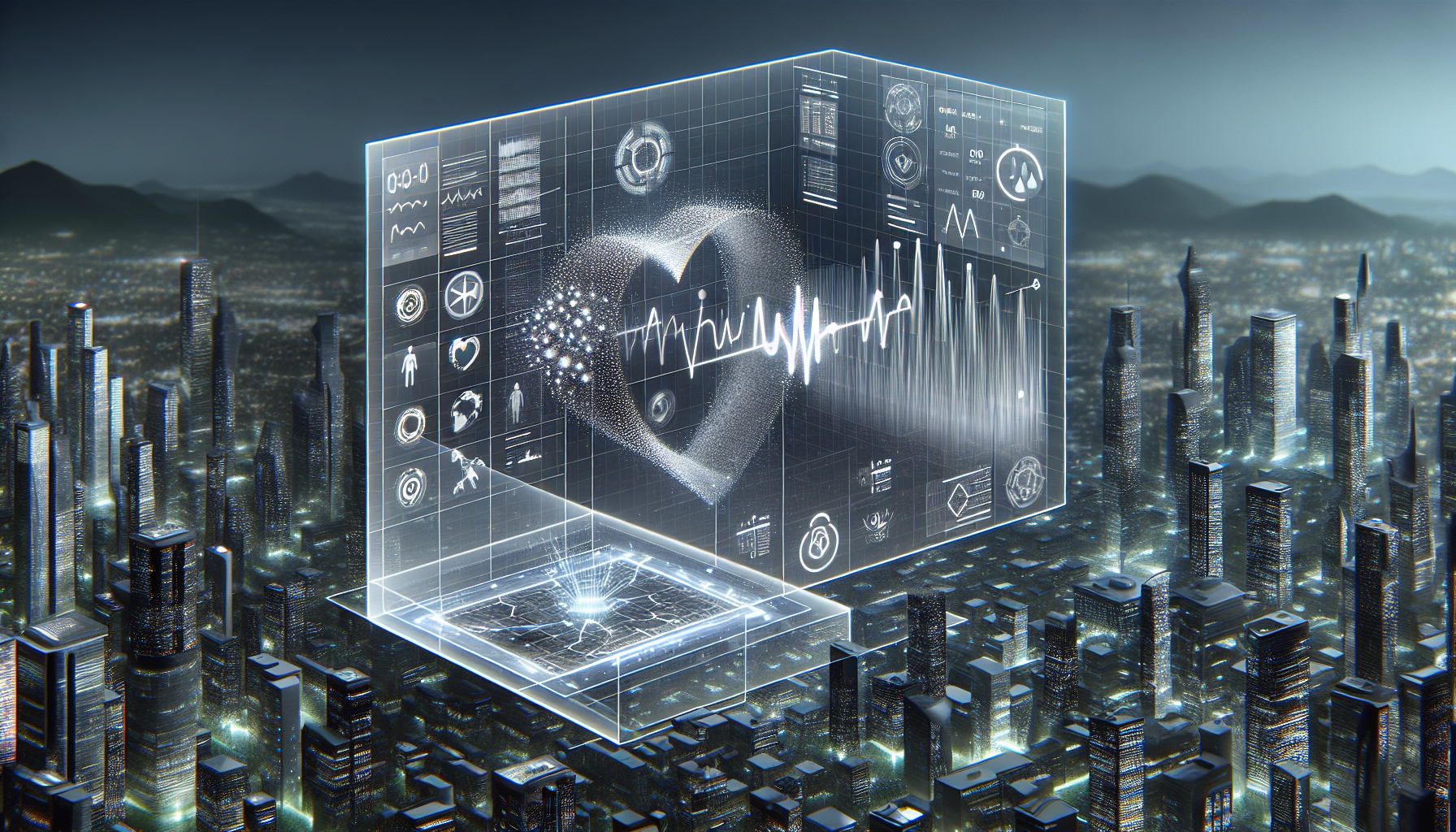The Future of Health Monitoring is Here
Imagine a world where your body could whisper its secrets to you in real time. No needles, no bulky devices, no waiting for lab results. Thanks to a groundbreaking innovation from researchers at the University of California, San Diego, that future is closer than you think.
On April 26, 2025, a team led by Dr. Emily Chen unveiled a flexible, skin-friendly biosensor that can monitor multiple vital signs simultaneously with remarkable accuracy. Published in Nature Electronics, their work introduces a thin, stretchable patch that could redefine how we manage our health daily.
What Makes This Biosensor Different?
Traditional wearables like smartwatches and fitness bands have made health tracking mainstream, but they often fall short. Most can only monitor one or two metrics at a time, and their accuracy can waver during intense activity. This new biosensor changes the game.
It combines microfluidic channels with advanced nanomaterial-based sensors, allowing it to analyze sweat, interstitial fluid, and skin temperature all at once. Whether you are running a marathon or swimming laps, the patch stays functional and accurate. In clinical trials with 50 participants, it achieved a 95% accuracy rate in detecting glucose fluctuations compared to standard blood tests.
Even more impressive, the device uses machine learning algorithms to process the collected data and deliver insights to a smartphone app within seconds. No more guessing if your blood sugar is spiking or if your hydration levels are dropping. Your body's signals are translated into actionable information almost instantly.
Beyond Personal Health: A New Era for Telemedicine
While the immediate appeal is obvious for fitness enthusiasts and those managing chronic conditions, the implications stretch much further. Dr. Chen envisions a future where patients with diabetes, hypertension, or even early-stage diseases can be monitored remotely, reducing the need for frequent hospital visits.
Telemedicine has grown rapidly, but it often struggles with the lack of real-time, reliable data. This biosensor could bridge that gap, offering doctors a continuous stream of patient information without invasive procedures. It is a step toward truly personalized, proactive healthcare.
Challenges on the Horizon
Of course, no innovation comes without hurdles. Dr. Mark Thompson, a biomedical engineer at Stanford, points out that transmitting sensitive health data wirelessly raises serious privacy concerns. Encryption and cybersecurity measures will need to be robust to protect users.
Cost is another factor. At an estimated $150 per unit, the biosensor is not yet affordable for everyone. However, as production scales and technology matures, prices are expected to drop, much like early smartphones and fitness trackers did.
What's Next?
The UC San Diego team is already in talks with major wearable tech companies to bring the biosensor to market within the next 18 months. They are also expanding trials to explore the detection of biomarkers for early-stage diseases like cancer and neurodegenerative disorders.
Imagine a patch that not only tracks your heart rate but also warns you of potential health issues before symptoms even appear. That is the vision driving this next phase of development.
Why This Matters to You
Whether you are an athlete, a patient managing a chronic condition, or simply someone who values staying ahead of health issues, this technology offers a glimpse into a future where your body's needs are no longer a mystery. It empowers you to act faster, live healthier, and maybe even catch problems before they become serious.
In a world where time is precious and health is everything, having a real-time conversation with your body might just be the most powerful tool you never knew you needed.
